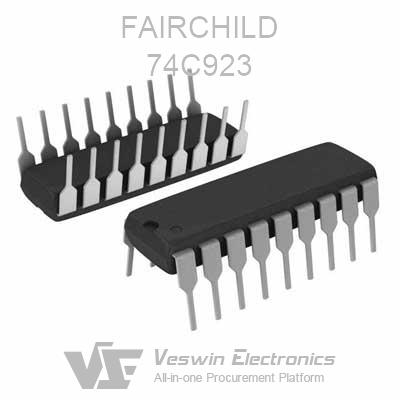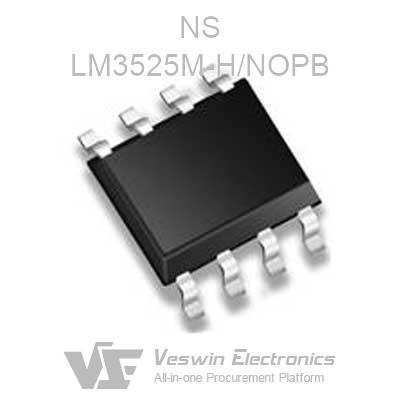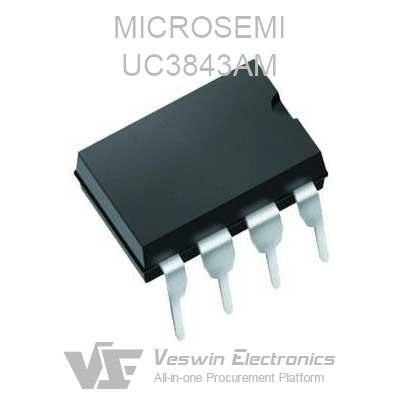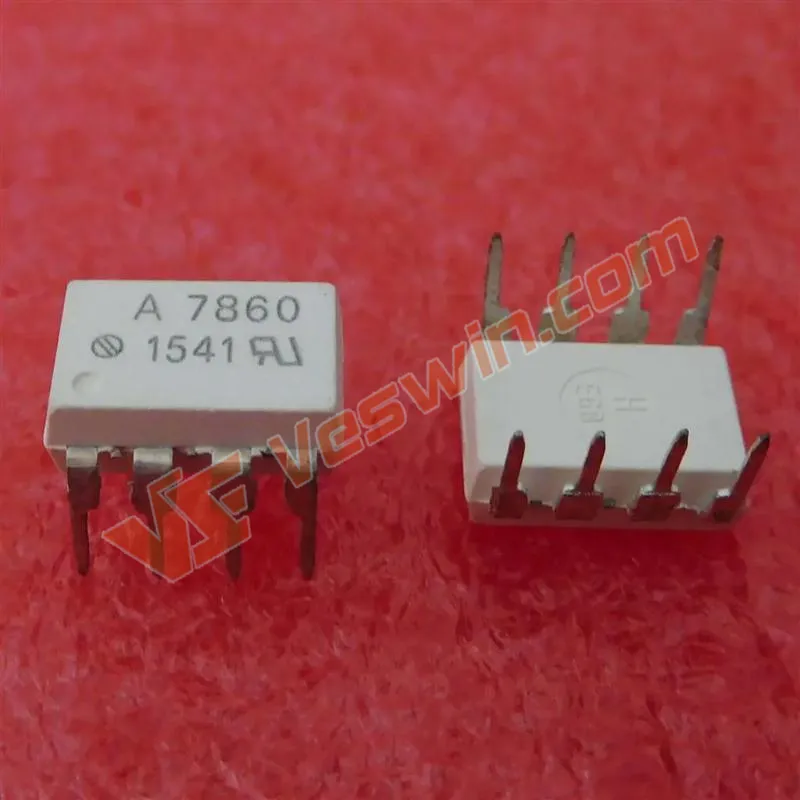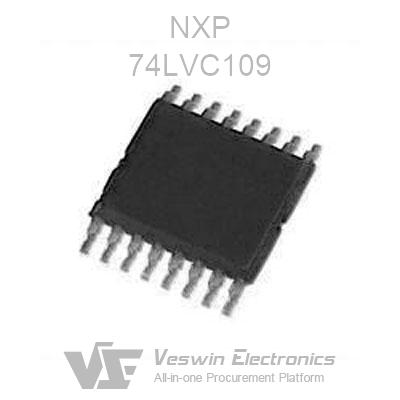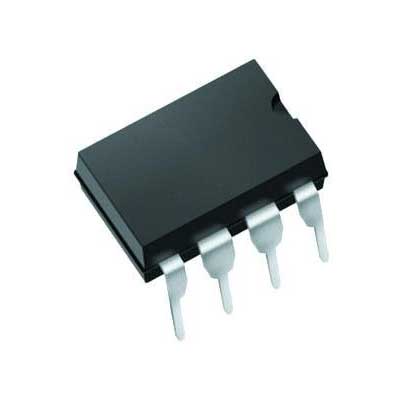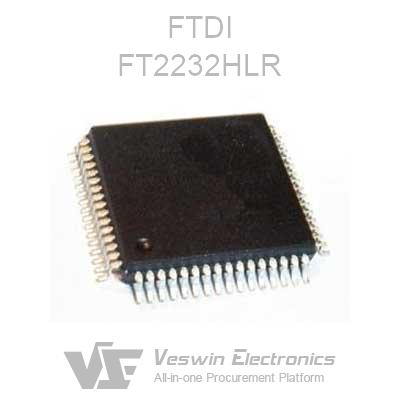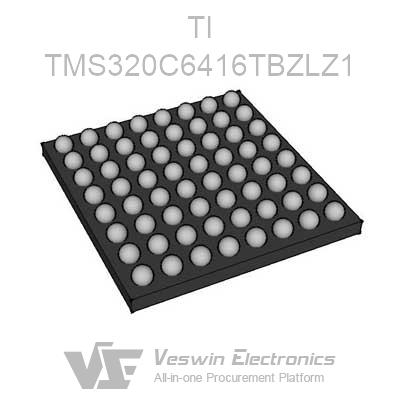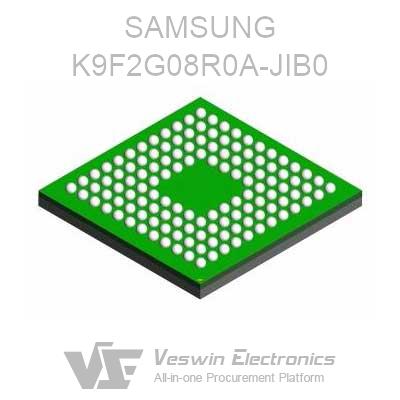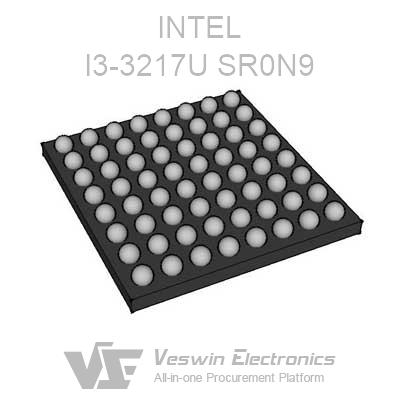A USB hub IC is an integrated circuit (Integrated Circuit) that enables multiple USB connections on a single USB (Universal Serial Bus) port, thereby expanding the number of USB ports available on the device. It acts as a controller for managing multiple USB connections simultaneously. These hub ICs come in various configurations, offer varying numbers of downstream ports, and can support various USB standards, including USB 2.0, USB 3.0, and USB 3.1.
USB hub ICs are typically used to manage data transfer, power distribution, and signal routing between connected USB devices and the host system. They provide a way to expand the connectivity options for devices such as computers or laptops, allowing users to connect multiple USB peripherals such as keyboards, mice, printers, external hard drives, and other devices through a single USB port. They can also be integrated into standalone USB hub devices.
USB hub ICs may have additional features such as over-current protection, over-voltage protection, and support for various power management functions. They are used in a variety of applications, including computers, laptops, game consoles, and a variety of consumer electronics devices that require extended USB connectivity.
USB connectors usually consist of the following parts:
Shell: The shell of a USB connector is the outer structure that fixes and protects the internal components. It is usually made of metal or plastic. It provides mechanical protection for the internal insulating mounting plate and pins and provides alignment of the plug and receptacle when mated, thereby securing the connector to the device.
Insulator: The insulator is also often called the base or the mounting plate. Its function is to arrange the contacts according to the required position and spacing and to ensure that there is enough space between the contacts and between the contacts and the shell. Insulation properties.
Contact body: The contact body is the core part of the connector to complete the electrical connection function. Generally, a contact pair is composed of a male contact and a female contact, and the electrical connection is completed through the insertion of the female and male contacts. The positive contact is a rigid part, and its shape is a round pin, a square pin, or a blade. The female contact, that is, the jack, is the key part of the contact pair. It relies on the elastic structure to elastically deform when it is inserted into the pin to generate elastic force to form close contact with the male contact to complete the connection.
In addition, USB connectors also have different assemblies, such as clamping rings, positioning keys, positioning pins, guide pins, connecting rings, cable clamps, sealing rings, and gaskets. These accessories and structures are designed and manufactured to make the connector work safer and more stable.
Maybe you will use:UA-20BFM-SA7A03 USB-001 -BB-2.0-L FUSB302BUCX SSS1629A-U6C
USB hub ICs allow users to expand the number of USB ports on a computer or other host device. These hubs enable the connection of multiple USB devices through the hub's main controller and multiple ports (often called downstream ports).
Hub connection: The user plugs a USB hub into a USB port on a computer or other host device.
Signaling: The master controller is responsible for receiving data from the host device and routing it to the appropriate downstream port. It is also responsible for transmitting data from the downstream port back to the host device.
Multi-port connectivity: Users can expand available USB connections by connecting multiple USB devices to the hub's downstream ports. These devices can include keyboards, mice, printers, storage devices, and other external devices.
Power management: USB hub ICs usually have power management functions that can provide power to connected USB devices. It manages power distribution as needed, ensuring connected devices receive the appropriate power supply.
Data transmission management: The hub IC is responsible for managing data transmission between connected devices, ensuring that data is transferred between devices efficiently and reliably.
Protocol Support: USB hub IC supports USB protocol specifications such as USB 2.0, USB 3.0, or USB 3.1 to ensure compatibility with connected USB devices.
The working principle of the USB connector is mainly realized through four wires, including a power wire, a ground wire, and two data wires.
The power line and ground wire provide power to the device. The power line provides 5V voltage, and the ground wire serves as the reference voltage to realize the level reset of the circuit.
Data lines are used to transmit data and realize data exchange between the host and the device. In USB connectors, data transmission is achieved through physical structures. For example, the USB Type-C connector adopts a double-sided plug-in design. It can be plugged in front and back, making it more convenient for users to use and supporting greater power transmission and bidirectional power transmission.
In addition, the USB connector also has some components, such as magnetic rings. Their main function is to shield high-frequency interference during signal transmission and reduce high-frequency noise, thereby ensuring signal quality. At the same time, the four wires of the USB connector are also responsible for operations such as transmitting data and control signals.
In short, the working principle of the USB connector is mainly to realize the supply of power and the transmission of data through wires so that the host and the device can connect and communicate with each other.
USB hub IC is necessary in the following situations:
USB port expansion: Many computers or other devices may only have a small number of USB ports. A single USB port can be expanded into multiple ports using a USB hub IC, allowing users to connect multiple USB devices without constantly switching connections.
Convenience: USB hub ICs provide a convenient way to connect multiple USB devices at the same time, such as keyboards, mice, printers, storage devices, etc., thus simplifying device management and connections.
Flexibility: Using a USB hub IC, users can connect or disconnect multiple USB devices at any time as needed without changing the fixed USB ports on the host device.
Device compatibility: Some older computers or devices may not support the latest USB standards. By using a USB hub IC, users can connect newer USB devices to older devices to achieve compatibility between devices.
Power management: USB hub ICs usually have power management functions that can manage the power distribution of connected devices as needed to ensure that connected devices receive an appropriate power supply.
Data transmission management: The hub IC can effectively manage data transmission between multiple USB devices, ensuring that data is transferred between devices in a fast and reliable manner.
Overall, USB hub ICs provide convenience, flexibility, and device compatibility, enabling users to efficiently manage multiple USB devices and expand host device connectivity options.

USB hub (Hub) and USB splitter (Splitter) are two different devices used to manage and extend USB connections.
They have the following differences:
Different functions: The USB hub allows one USB port to be expanded into multiple ports, allowing users to connect multiple USB devices at the same time. A USB splitter divides a USB port into multiple ports, but each port can only connect one device. Therefore, a USB splitter can only connect multiple USB devices to a host at the same time, while a USB hub can connect multiple USB devices to a USB port at the same time.
Data transmission capability: The USB hub provides the function of managing and scheduling data transmission between multiple USB devices. It can transmit data to and receive data from multiple devices simultaneously. A USB splitter can only distribute the signal from one USB port to multiple devices, but it does not manage or schedule the data.
Power management: USB hubs usually have power management features that provide an appropriate power supply to connected USB devices. USB splitters generally do not provide power management features.
Complexity: USB hubs are typically more complex than USB splitters because they need to manage data transfer between multiple devices, power distribution, and communication with the host. A USB splitter is relatively simple as it simply copies and distributes the signal from one USB port to multiple devices.
Generally speaking, a USB hub is used to expand a USB port to connect multiple USB devices, while a USB splitter is used to distribute a USB port to multiple devices. There are obvious differences in functions and uses between the two.
USB hub IC is an integrated circuit that facilitates the connection of multiple USB devices to a single USB port on a host device, effectively expanding the number of available USB ports. It serves as a controller for managing data transfer, power distribution, and signal routing between the connected USB devices and the host system.
USB hub ICs are essential components in expanding the connectivity options of computers, laptops, gaming consoles, and various other consumer electronic devices where the simultaneous connection of multiple USB devices is required. They play a crucial role in managing data and power distribution, providing users with a seamless and efficient USB connectivity experience.
Hot News
